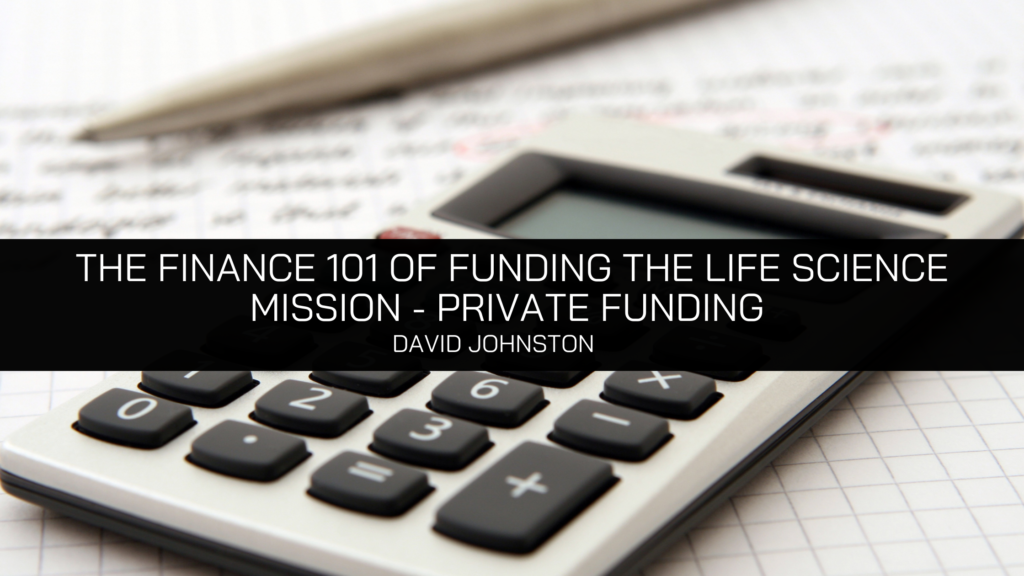The Finance 101 of Funding the Life Science Mission – Private Funding


Your biotech has great science and great people. You’re ready to move forward, right? There is just a little problem with money. Actually, it’s a big problem because you need a lot of it.
Yes, a general rule of thumb is that it can often take up to $1 billion to get the first drug through FDA approval. Pinching pennies? You might get it to $500 million but nothing could be worse than almost getting there and running out of money.
The first step in the financial sprint to the finish line is private funding. Private funding tends to go through several rounds to get you to the next step, public funding.
Friends and Family Rounds
Companies are rarely launched with large investors already beyond them. Seed funding is what will launch your biotech. Often referred to as “friends and family rounds”, these are generally several small rounds in the $1-$5 million range.
Venture Capital
Denoted in “series” of A,B,C, etc., these rounds generally increase in size and valuation as the company goes through steps to get to the next round. Rounds for biotech generally include benchmarks of scientific or clinical progress over several years. Initial venture capital funding and each successive round are noteworthy achievements that impact the company valuation dramatically.
Historically, each of these rounds end up being under $100 million and fund the company through Phase 2 proof of concept. Interestingly, we are now seeing fewer rounds but at larger sizes than in the past.
Crossover Round
If a company is intending to go public and have an IPO, a crossover round is a common practice and the final round of private funding before the IPO. These are referred to as crossover rounds due to the desire to have participation by funds that will also invest in the IPO. The established names of the funds can help produce a more successful IPO while this round also produces a hedge against the IPO not being as successful as anticipated for the company.
Three major tasks are accomplished by the crossover round:
- “Tops up” the funding before the IPO through a pre-IPO placement, which is a private sale of large blocks of shares before the stock is listed on an exchange. Shares are typically sold at a discount to the anticipated offering price.
- Establishes leading investors in the coming IPO. In finance, names do matter. Having recognizable investors can have a big impact on the success of the IPO as it signals trust in the company.
- This signals to the world that an IPO is coming soon.
There are fewer crossover investors than either venture funds or funds focused solely on public investments. Attracting these funds is a crucial pre-IPO step that requires some great outreach and marketing. If this round is strong, so is the IPO.
Private funding is just the start of funding your biotech company but no step is more crucial than the first.
David Johnston CFO, MBA, is the principal of dbj consulting, a consultancy of finance and strategy for the life sciences industry. He has his MBA from the University of Michigan. David Johnston also serves on the boards of multiple non-profits.
Read David Johnston’s full article to learn more about biotech financing here: https://davidjohnstoncfo.com/financing-101-funding-the-life-science-mission/
